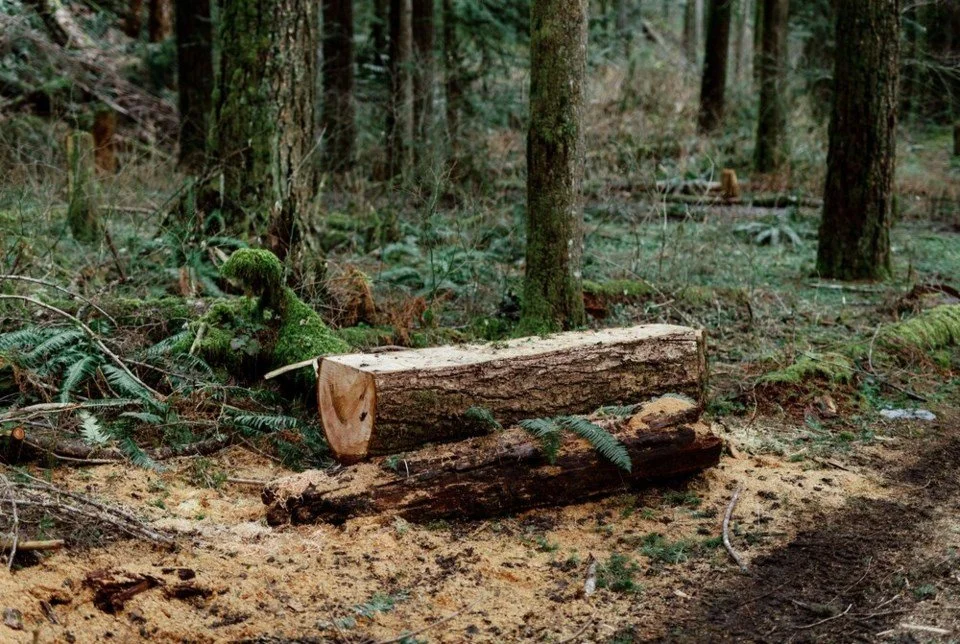Canada's pesticide regulator repeatedly ignored red flags raised by its own scientists about the health risks posed by the pesticide chlorpyrifos, stalling a review of the pesticide for close to 20 years, documents obtained by the environmental group Ecojustice reveal. All the while, health concerns raised here at home and worldwide about the pesticide were never publicly shared. Commonly used on crops like wheat, in greenhouses and to kill mosquitoes, chlorpyrifos harms the nervous system and can cause brain defects in children. People are typically exposed by consuming contaminated food residue or water. Canadian farmers used on average 360,000 kilograms of the pesticide each year between 2008 and 2016, and a 2017 federal Canadian health survey found traces of chlorpyrifos on 99 per cent of foods sampled.
Competition Bureau probe of 'flushable' wipes goes down the drain
To flush or not to flush? It is a question Canada's Competition Bureau says it cannot answer. Three years ago, Friends of the Earth Canada and lawyers from Ecojustice filed a grievance with the bureau saying the makers of 20 disposable wipes were falsely advertising the products as safe to flush down the toilet. In February, the Competition Bureau informed Friends in a letter that it was closing its inquiry because it's not clear what it really means to be "flushable." "There are a number of competing guidelines about when a product can be considered to be disposable in municipal sewer systems," the letter reads. Friends CEO Beatrice Olivastri called that "totally unacceptable."
B.C. flouting Canadian, international standards on protected areas, says report
The B.C. government claims it protects nearly 20 per cent of the province's land base as sanctuaries for biodiversity, but a new report says it has abused a key designation to “falsely inflate” its progress. The report, which was jointly produced between the environmental law group Ecojustice and the B.C. chapter of the Canadian Parks and Wilderness Society, examined Old Growth Management Areas, Wildlife Habitat Areas, and Wildland Zones. Together, they account for nearly all of what the province claims as “other conserved” areas, a designation B.C. uses more than any other province in Canada.




